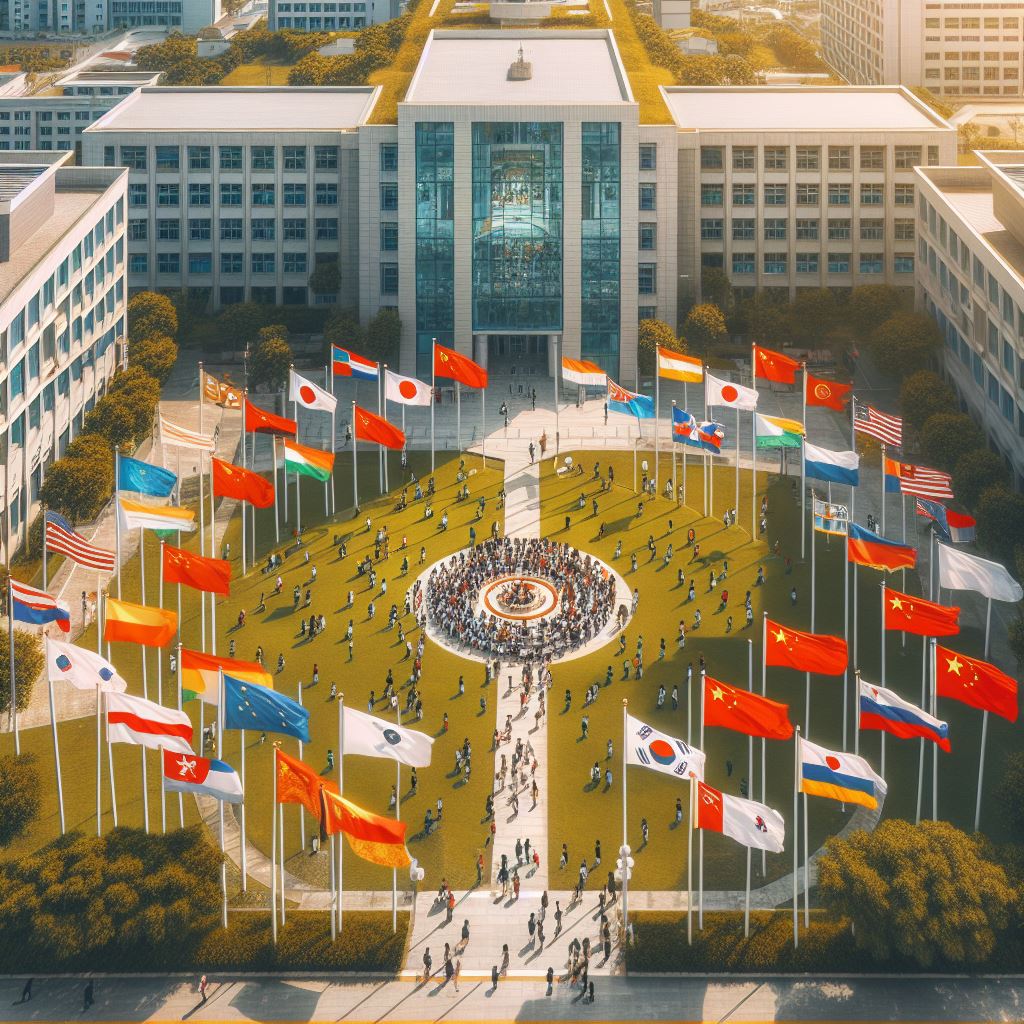Asia, a vast continent adorned with an abundance of cultures, languages, and traditions, houses a plethora of world-class universities. Spanning from eminent institutions specializing in technology and engineering to those excelling in humanities and social sciences, this expansive continent offers an extensive spectrum of educational opportunities. Whether your academic journey leads you to undergraduate or graduate programs, Asia’s academic landscape teems with possibilities. If you are thinking of acquiring a university education in Asia, this article discusses some of the best institutions to go for

Tsinghua university China
Founded in 1911, Tsinghua University continually evolved with a multidisciplinary approach for over 30 years, known as one of China’s premier institutions, exclusively admitting students with exceptionally high test scores. More than 200 postgraduate degrees are available through the university’s 51 undergraduate programs. In addition to ranking in the top 40 in all 11 of Times Higher Education’s topic rankings, Tsinghua is one of the top 20 global universities overall.
The campus is located in northwest Beijing in an area that has been designated as a major center for universities. Its structures display illustrations of both conventional Chinese architecture and Western architectural styles. The campus has been hailed as one of the most beautiful in the entire globe. It was constructed on the location of the previous Qing-era royal gardens. Many graduates rise to prominence both domestically and internationally, most notably in Chinese politics. Chen-Ning Yang, a particle physicist who won the Nobel Prize, is connected to the university.
Peking university China
Peking institution was established towards the end of the 19th century and was the country’s first modern national institution. The institution has risen to prominence as a hub for exceptional research and forward-thinking ideas. It includes 216 research centers, including two national institutions of engineering. Operating across an array of disciplines, including social sciences, humanities, and physical sciences, the university has gained international recognition primarily for these domains. Its library, boasting a staggering collection of 11 million volumes and diverse materials, stands as the largest of its kind in all of Asia.
The primary campus, relocated in 1952, stands on the historic site of Qing-era imperial gardens, preserving original landscapes, structures, and gardens. Murals painted on the ceiling of the campus’ entry gates are attractions in and of themselves. Campus provides dedicated on-campus housing for its 2,000 international students through designated residence halls. Alumni of Peking University include many well-known Chinese scholars. The college also boasts three Nobel Prize winners.
National university of Singapore
As Singapore’s most ancient and extensive institution, the National University of Singapore marries pioneering research with an innovative spirit. Internationally, it proudly claims a top 20 ranking, especially excelling in engineering and technology, law, and computer science. Its research endeavors and global perspective garner noteworthy acclaim. Since its founding thirty years ago, a specific institute for innovation and techno-preneurship has emphasised entrepreneurship.
NUS combines the credit-based system of US universities with Oxbridge-style small-group tutorials to fulfill degree requirements. Degree curricula are more flexible than those in the UK; similarly to the US system, students may switch between courses before completing their degree and take modules from several faculties. These programs boast a wide array of courses spanning numerous disciplines. A substantial number of students call the campus home, residing in one of the 6,000 housing units. An internal shuttle bus network connects these housing facilities throughout the campus.
University of Hong Kong
The University of Hong Kong, based in Pokfulam, champions English as its primary language of instruction. Established by the British governor in 1911, it began integrating Chinese education and culture into its programs in 1927, offering the first Chinese degree. Hong Kong Island’s Mid-Levels district boasts the main campus, where visitors can find some of the last surviving remnants of British colonial architecture.
The Main Building, erected in 1912, is the oldest building on the grounds and a national monument. There are around 12 applications for every opening for an international undergraduate due to the exceptionally competitive admissions process. Gaining acceptance for mainland Chinese students is highly challenging, as 96.8% of applicants are ultimately rejected. The length of undergraduate programs is four years, with an additional year or two for medical programs. The study of Chinese and English is now obligatory for all local pupils.
You may also like these related articles:
